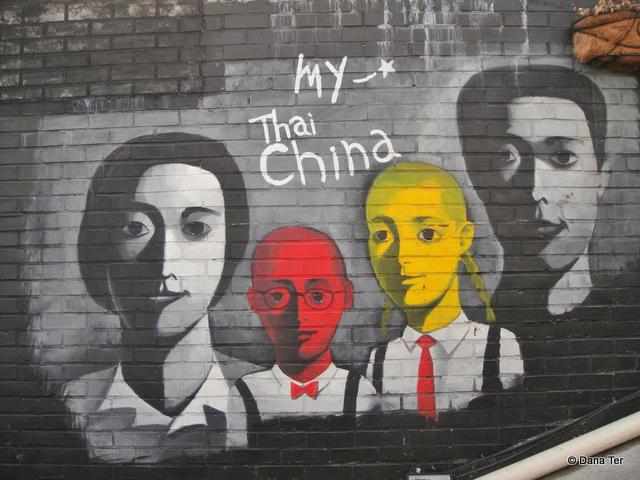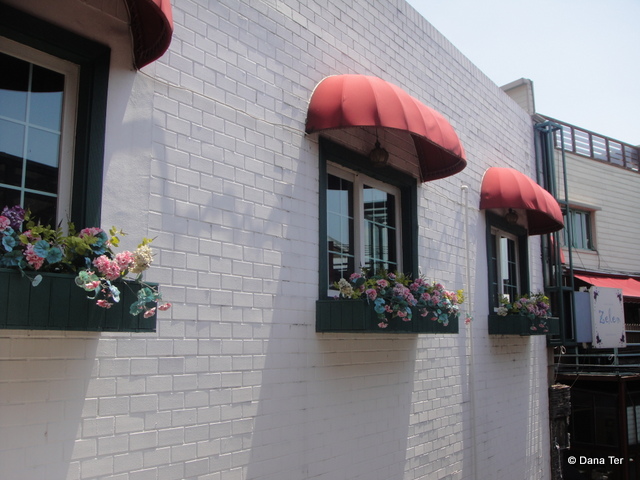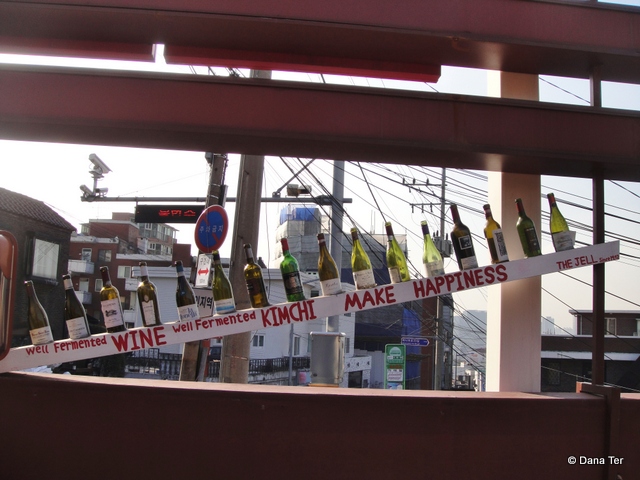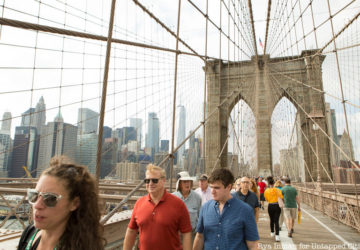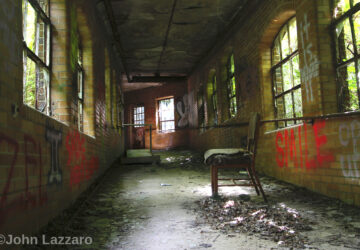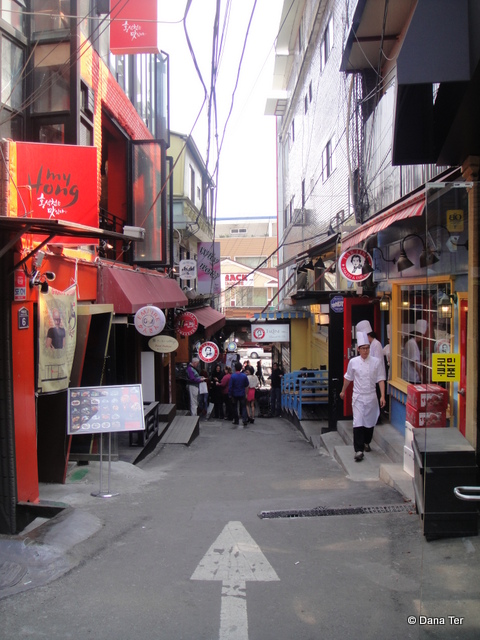
Mention “Itaewon” to anyone—Korean or expat—who has lived in Seoul for a while, and the name will elicit a knee-jerk reaction triggering some cautionary tale regarding the drunken debauchery which takes place there after sunset. Located near the U.S. Army Base, Yongsan Garrison, the maze of bars and nightclubs which comprise the hub of this Seoul neighborhood has historically suffered from a shady reputation. Night spots primarily frequented by GIs in particular are seen as seedy pick-up scenes and places where only “bad girls” would dare to venture.
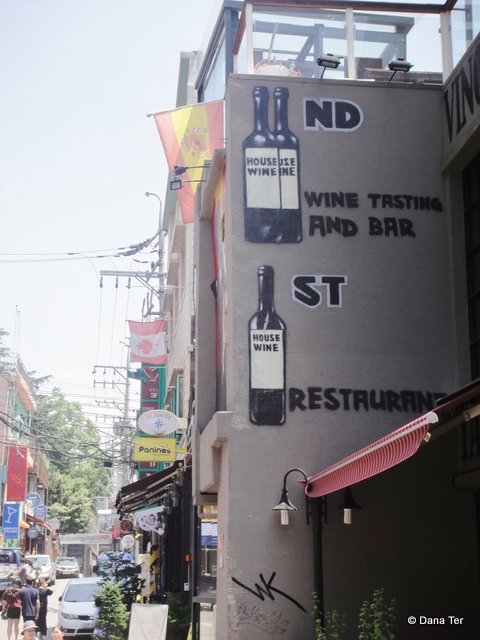
A quick Google search of “Itaewon” generates the auto-fill “nightlife,” but its day-life is also very colorful. The neighborhood itself is immensely diverse. If you look closely, flags flutter in the most discrete locations, between the cracks of buildings and hidden in alleys. Canada, Bulgaria, Spain, Ireland. In some ways, Itaewon is like all of New York’s ethnic enclaves, but in one place. In other ways, it is nothing like a New York neighborhood. Unlike how gentrification is usually received by backlash from hipsters and hipster wannabes in New York, the term doesn’t have such a repellant connotation in Seoul.
Pretty things are appreciated and adored in South Korea. For instance, the visual experience is part of the whole “luxury” coffee culture. Well-known chains like Zoo Coffee, Coco Bruni and Café Benne offer gourmet lattes and red bean shaved ice (potbingsu) in ambiances with rustic bookshelves and cutesy furniture. Independent brewers serve caffeinated concoctions in quaint tea shops decorated with flowerpots. This established coffee scene extends to restaurants and pubs as well, which is evident in the way that Korean restaurateurs in Itaewon and all over Seoul take pride in their establishments.
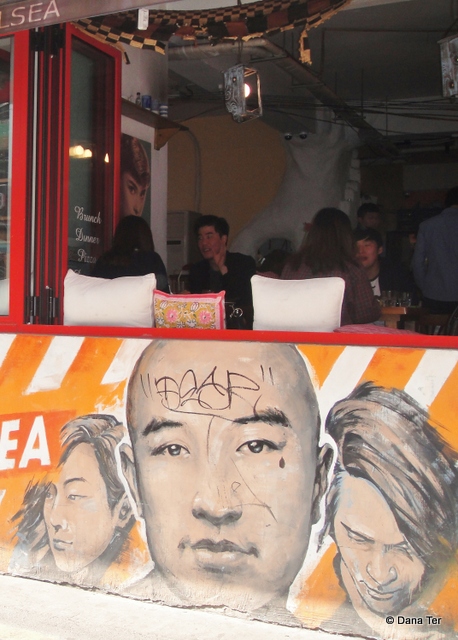
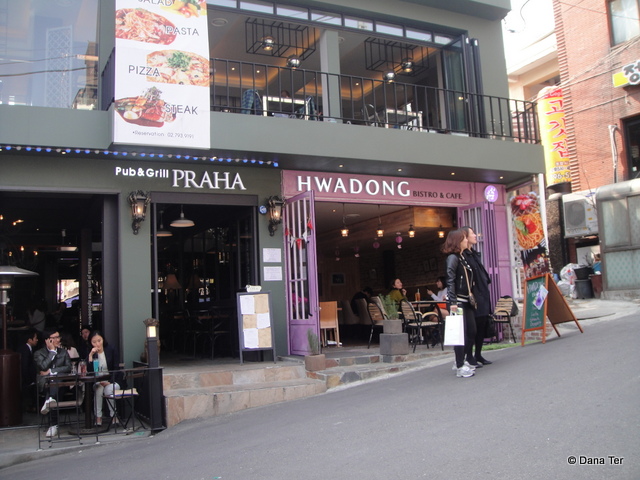
During the day and evenings, expats from all over the world and Koreans from all walks of life patronize Itaewon’s many art deco-style restaurants. Notable ones include Chelsea, where open air dining during the warmer months evokes the feel of the eccentric New York neighborhood which is its namesake. There’s also Praha, which recreates the happy hour tourist scene in the Czech capital.
Down a winding road is a little French bistro inside a glasshouse rooftop next to a three-story high English pub with pink stained glass windows. Around the corner, a Thai-Chinese restaurant perched on a hill advertising Japanese beer beckons you to sample their Pad Thai, while the aroma of wanton noodles from a Hong Kong-owned noodle shop flirts with your olfactory senses. Further down the hill near the traffic by Itaewon Road is a small vendor-style shop which is hard to miss because of its lemon-colored walls. Here, they sell freshly squeezed sugar cane drinks guaranteed to cure the nastiest hangovers.
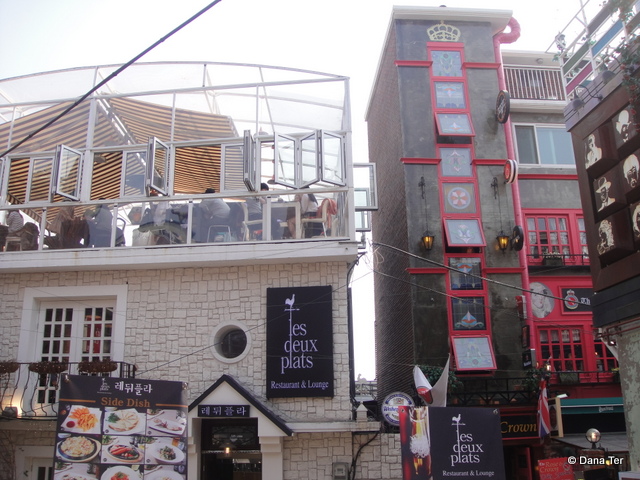
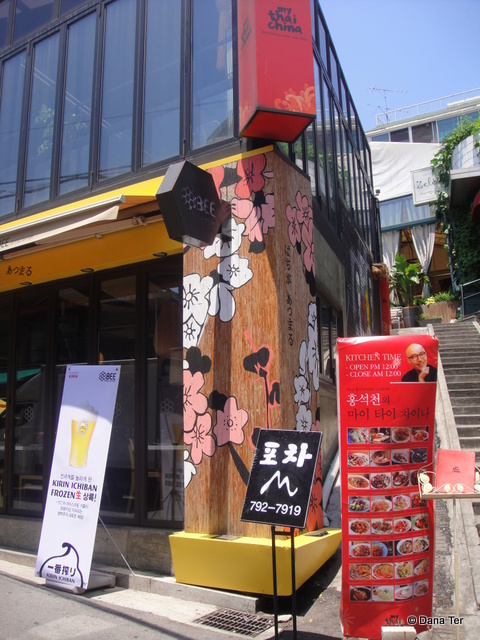
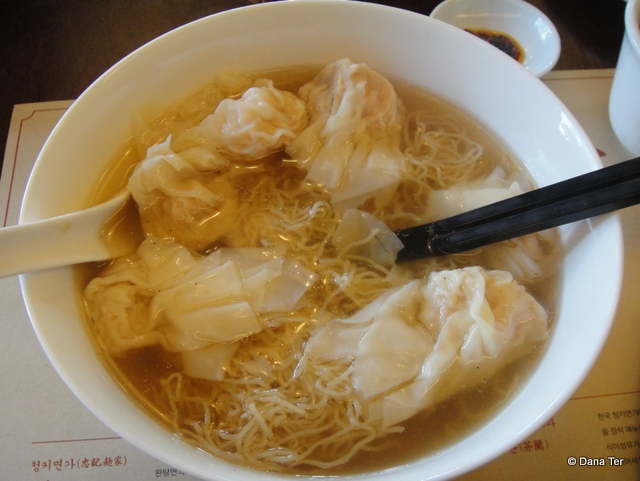
Some restaurants are tall and narrow, making full use of space by extending their seating area to the balcony. Others are short and compressed, with tables and chairs spilling out into the streets. All are colorful, although not in a tacky way. Somehow, baby blue matches well with hot pink or lipstick red. Moreover, Itaewon graffiti is high-quality art. Portraits of people’s faces spray-painted on garage doors and brick walls are rather life-like.
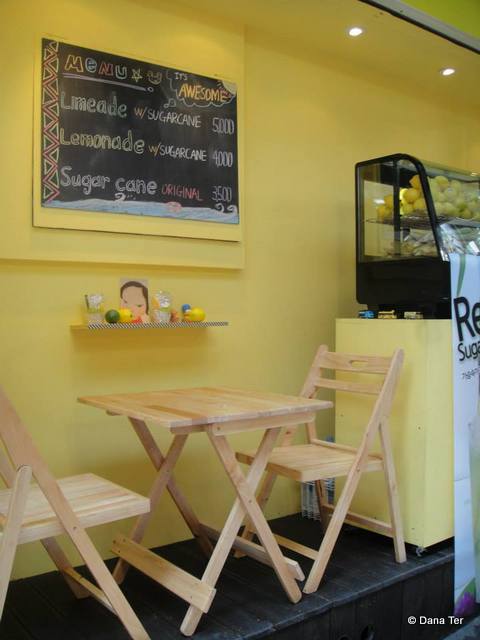
In Itaewon, you will find super-chic fashionistas looking like they just stepped out from a Gangnam shopping mall to hipster college students wearing thick-rimmed glasses probably with no prescription who seem like they should be at a café in the university area of Hongdae instead. It is the also the ideal place for the international jetsetter making a stopover in Seoul, or the wandering artist who decided to settle down in Korea and learn the language. Indeed, Itaewon is as much of a multi-sensory experience during the day as it is at night.
